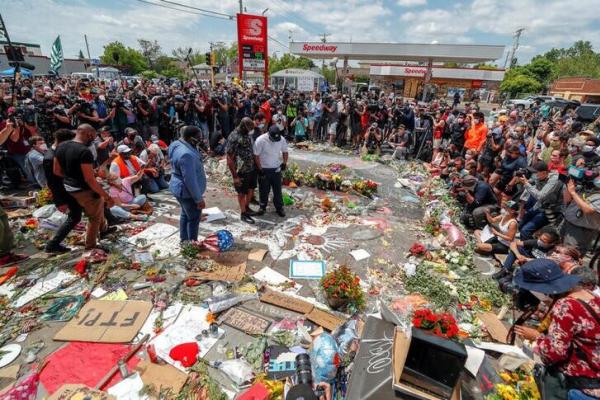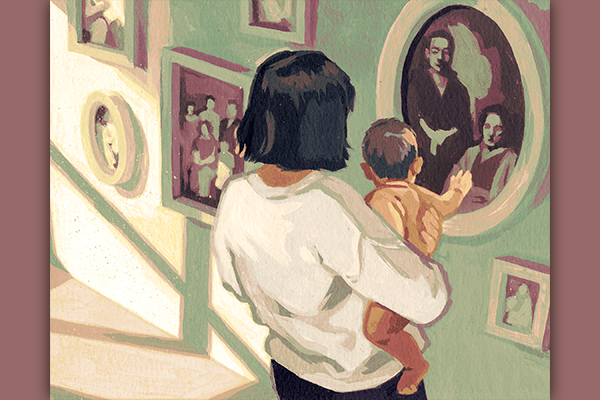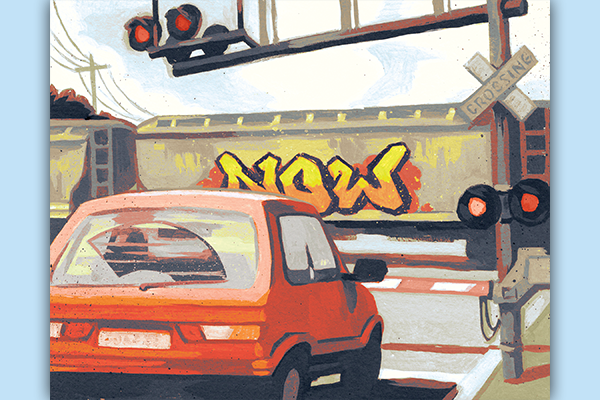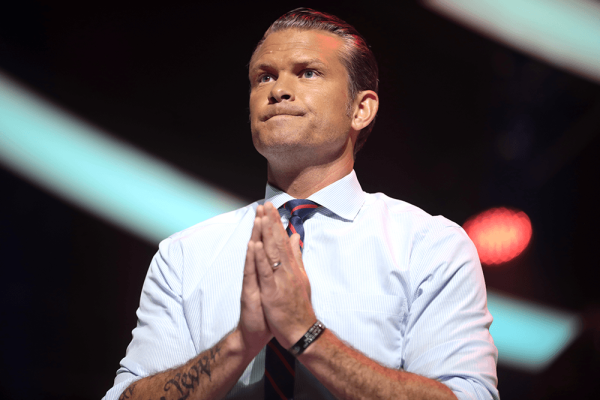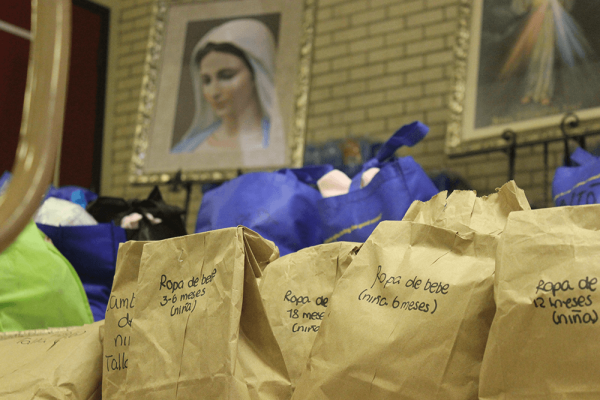“I’ve always lived in suburban Boston. It’s 95 percent white. I’ve never had to see this.”
The speaker is one of my congregants. We are talking via Zoom about the murder of George Floyd, and the demonstrations that have followed. In the backgrounds of many of the speakers, I can see the leafy landscape of May in Massachusetts. I myself am sitting on the porch of my home, a laptop my only connection to a country where an officer can lay his knee into the neck of a black man in vivid daylight, for almost nine minutes, sadistically squeezing the life out of him before horrified onlookers.
To acknowledge one’s ignorance is a brave thing. I thank my congregant for his truth and the fact he’s given me permission to share it here. I honor his honesty. It’s preferable to the endless denunciations of street protests that continue to appear from would-be pundits on my social media streams, the contextless appeals to the memory of Dr. King, the solemn pronouncements that "violence is never the answer.”
Empty proclamations like these ignore the reality of what’s been happening in the U.S. for 400 years. The violence of a smashed storefront or a box store aflame is alarming, of course, but white people are implicated by our shock. That there is brutality in the streets is hardly news to African Americans. The violence we are seeing is a natural outgrowth of the violence of white supremacy, a reflection of the brutality built into America’s DNA.
Of course, not everyone blames the protesters for the violence. Behind the raging mobs, some saw — depending on their political viewpoint — the hand either of white supremacists or white anarchists. In the protests that I attended following the murders of Mike Brown and Eric Garner, every act of property damage I witnessed was perpetrated by a white person.
Others laid the blame for the violence at the feet of police, or even the government. In a country that has engineered the covert infiltration and disruption of domestic political groups through schemes like COINTELPRO, it’s hardly a stretch to think that government officials might be responsible for provoking conflict and chaos. It was, after all, the FBI that surveilled the same Dr. King that white America now reveres, going so far as to send him a letter they hoped would drive him to suicide.
Regardless of what forces catalyzed the violence spilling into our streets, it should hardly surprise us.
“When someone asks me about violence, I just find it incredible,” Angela Davis said from a California state prison, back in 1972. “Because, what it means is that the person who is asking that question has absolutely no idea what black people have gone through in this country, what black people have experienced in this country, since the time the first black person was kidnapped from the shores of Africa.”
Like my congregant, white Americans are often shielded from other, less obvious, paroxysms of American race violence. When black people are more likely to be executed, that is state-sponsored homicidal violence. When black men are subject to random “stop and frisk,” a clear violation of their physical integrity, that is physical violence. When black families are denied fair housing, employment opportunities, and access to loans, that is economic violence. When entire black communities are endangered by poisoned air and water, that is environmental violence. And when black mothers fear that their children who step out of their homes may never return to those homes, that is emotional and spiritual violence.
The foundational story of the Jewish people is a story of a society infected with bone-deep violence. Pharaoh’s Egypt was built on the violence of the stolen labor of the Israelites. It took no less than ten plagues to unshackle the Israelites from slavery. We could imagine the Egyptians, too, decrying the violence of those plagues, reprimanding Moses to practice patience, conciliation, nonviolence. But like those Egyptians, white Americans who have benefited most from a violent social structure are the least qualified to lecture the victims of that structure.
Talking about the plague of blood in the book of Exodus, the fifteenth century Portuguese rabbi Isaac Abarbanel wrote, "The Egyptians had shed blood by drowning the Israelite infants in the Nile. God now made this blood visible for all the world to see.”
The violence we’re seeing in American streets is, tragically, an inevitable outgrowth of a system built on the violence of white supremacy. Such a system, built on racial injustice, is never peaceful — even when it seems that way to those not directly experiencing the violence.
The blood we are seeing in the street was always there. It’s just now becoming visible to white America. Some of us are seeing it for the first time. God help us if we look away.
For those of us who are white religious leaders, we need to challenge white congregants, white police, white mayors, white cities, white clergy — all white people — to look first at ourselves as the cause of this catastrophe.
I pray that we have the courage and resolve to hold fast to what this moment demands of us. We must refuse to avert our gaze, take responsibility for the brokenness in our streets, and resolve to repent for the role we’ve played in the destruction many of us are only seeing just now.
Got something to say about what you're reading? We value your feedback!
